Test: Parapera steht für gewichtsoptimierte Gravelbikes mit Campagnolo-Ausstattung. Klingt teuer, muss es aber nicht sein, wie das Anemos zeigt – ist aber in jedem Fall für maximalen Fahrspaß gut. Uns hat das Parapera Anemos jedenfalls in einige Aspekten überrascht.
Titan, Stahl und nun Carbon: Parapera, auf Griechisch „weiter“, ist die dritte Marke im Kosmos von Falkenjagd, und sie entspricht am ehesten dem Zeitgeist einer Radsportwelt, die es vor allem leicht will. Und das gleich richtig: Als eines von nur zwei Rädern im Testfeld wiegt das Anemos weniger als acht Kilo, was gerade angesichts des günstigen Preises sehr beachtlich ist. Dieser wiederum überrascht, wenn man sich ansieht, was alles am schlanken Carbonrahmen verbaut ist: Es reicht für eine Campagnolo Ekar, leichte Shamal-Carbonlaufräder der italienischen Marke sowie hochwertige Anbauteile vom Carbonlenker bis zum Leichtbausattel aus dem Hause Tune.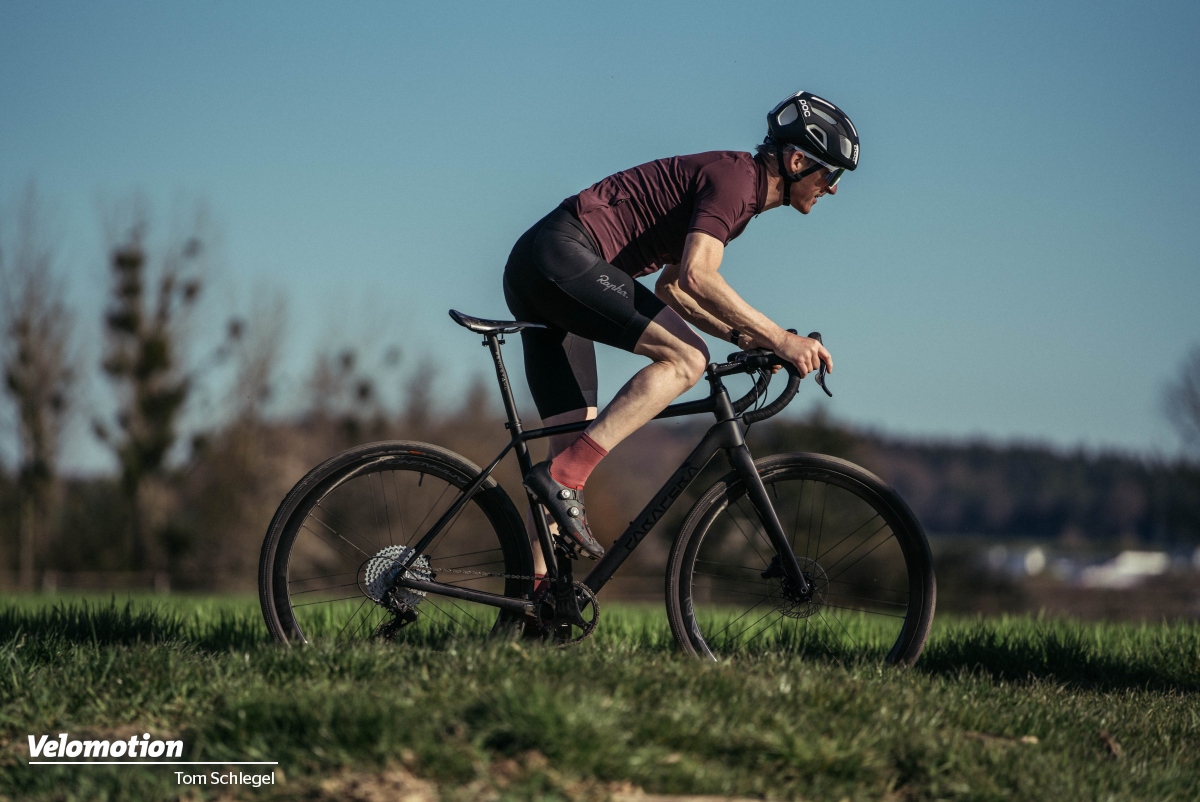

Schlanker Rahmen mit vielen Möglichkeiten
Der schlicht gestaltete Rahmen wiegt um die 1.100 Gramm, was in diesem Segment nur schwer zu toppen ist. Details wieder schlanke Hinterbau dürften nicht über die hohe Belastbarkeit hinwegtäuschen: Wer will, kann das Anemos zum vollausgestatteten Tourer umrüsten, also Schutzbleche, einen Hinterbauträger und eine Lichtanlage montieren. Für letztere gibt es einen Kabelkanal in der Gabel; der Träger kann mit einem speziellen Adapter angebracht werden, welcher auf das empfindliche Rahmenmaterial abgestimmt ist. Hier zeigt sich die Philosophie der „Mutter“ Falkenjagd, die in der Reiserad-Szene wurzelt. Bemerkenswert ist freilich, wie dezent die Gewindeeinsätze am Rahmen untergebracht sind – auch Puristen werden sich nicht daran stören, auch nicht an den gelungenen Eingängen für die komplett integrierten Leitungen. Die Reifenfreiheit ist üppig: Werden Schutzbleche montiert, ist zwar bei 40 mm wie am Testrad Schluss, ansonsten aber können 28-Zoll-Reifen bis 45 mm verbaut werden und 50-mm-Pneus bei 650B.
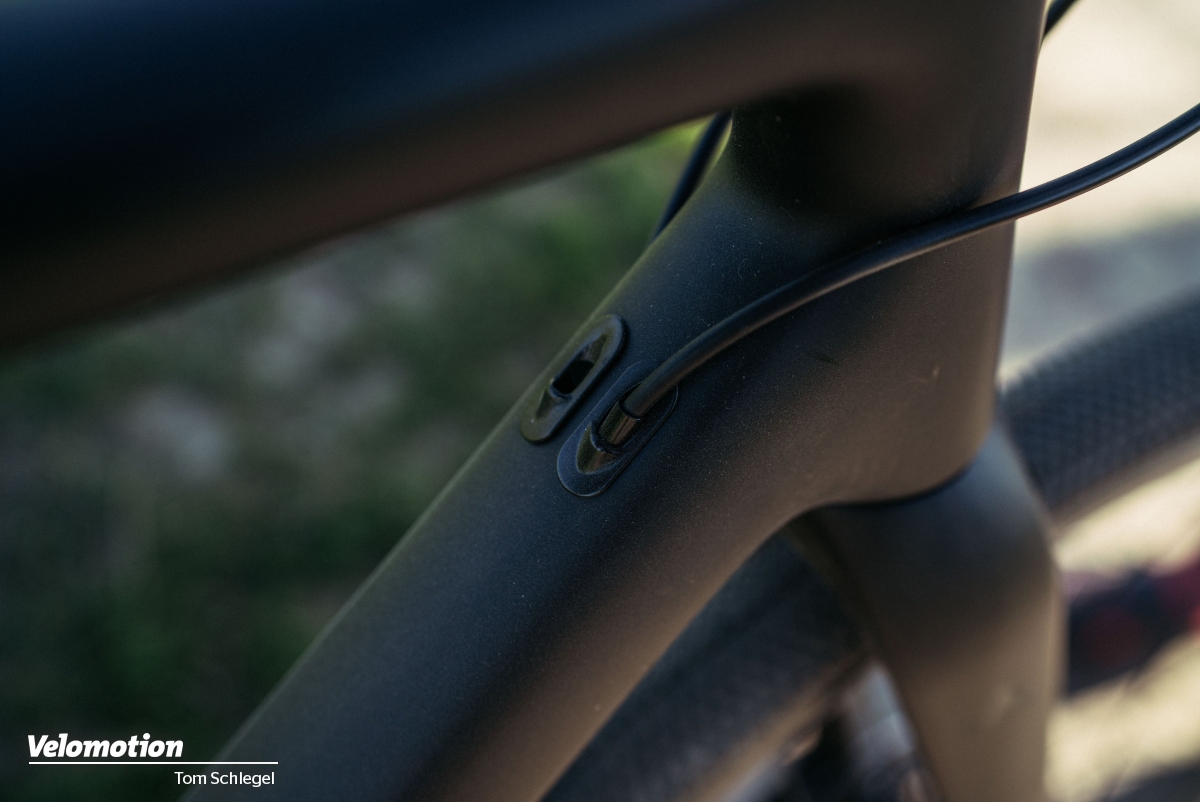
Komfort und Vortrieb
Ausgewogen sportlich präsentiert sich die Sitzgeometrie: In Rahmengröße M sorgt das 145 mm kurze Steuerrohr für eine eher tiefe Front, wobei der Carbonlenker am Testrad mit rund 2 cm Kröpfung nach oben etwas für Ausgleich sorgt. Gleichzeitig sitzt man nicht zu gestreckt. Das Ergebnis ist eine Sitzhaltung, die dem sportlichen Charakter des Parapera gerecht wird und auch zu dem lebendigen, agilen Lenkverhalten passt. Wer flacher sitzen will, wählt beim Konfigurieren einen anderen Lenker, zumal der am Testrad Bikepacking-mäßig ausgestellt ist.
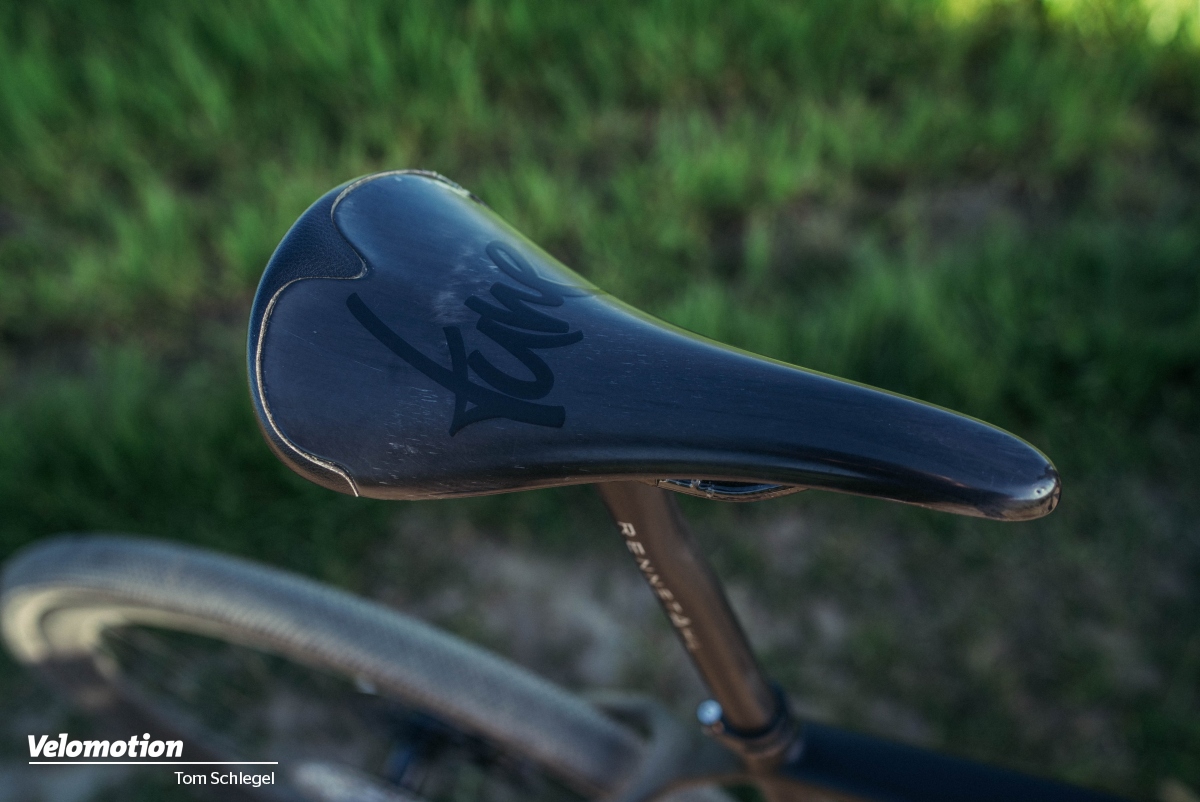
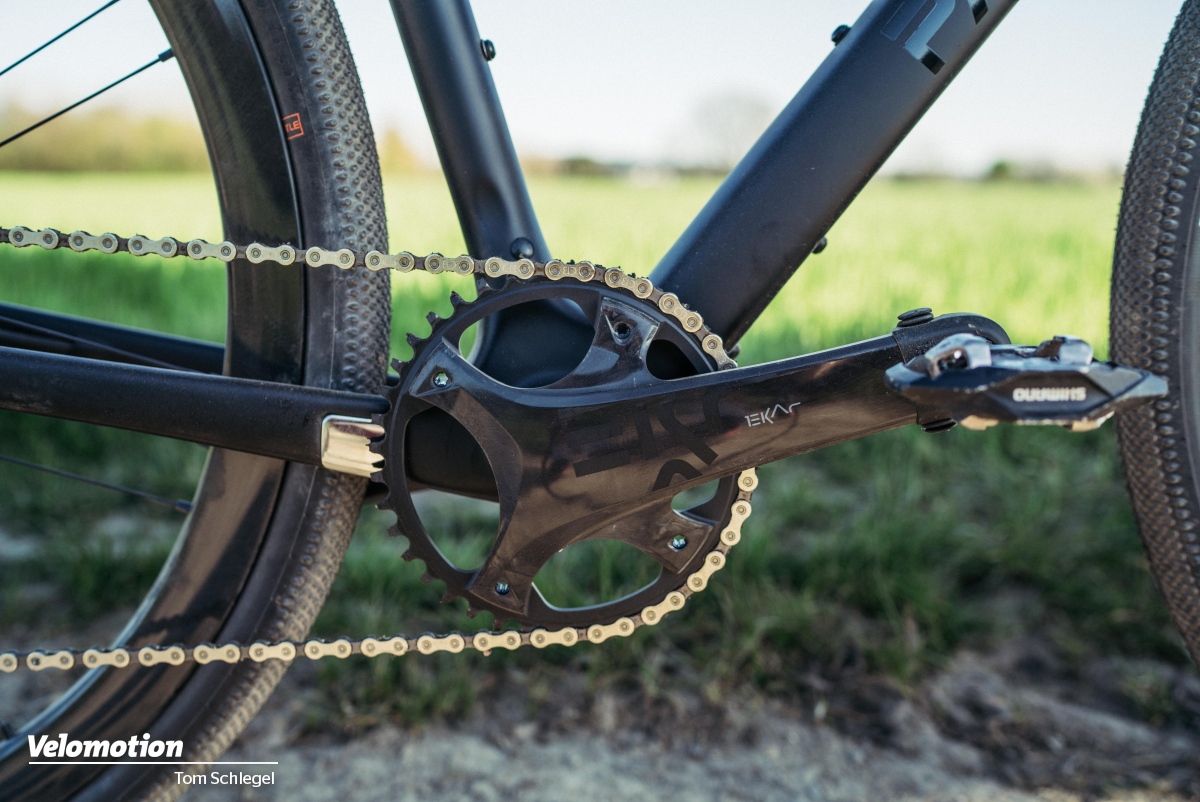
| Rahmen | Carbon |
| Federgabel | Vollcarbon |
| Laufräder | Campagnolo Shamal |
| Reifen | Schwalbe G-One Allround |
| Schaltwerk | Campagnolo Ekar |
| Schalthebel | Campagnolo Ekar |
| Kurbel | Campagnolo Ekar 40 Z. |
| Umwerfer | |
| Bremse | Campagnolo Ekar |
| Sattelstütze | Parapera Carbon Extralight |
| Sattel | Tune |
| Vorbau | Parapera Aluminium Superlight |
| Lenker | Acros Gravel Bar |
Wie zu erwarten, ist das Rad ausgesprochen komfortabel; der Fahrer profitiert von der weit ausgezogenen Sattelstütze mit deutlicher Flexzone und der schlanken Gabel. Der Tune-Leichtbausattel gefällt mit einer angenehmen Form, die für gleichmäßige Druckverteilung sorgt, ist dabei aber etwas rutschig. In der Standard-Konfiguration kommt das Parapera aber sowieso ohne Sattel – die Erfahrung zeigt, dass jeder Kunde etwas anderes will. Eine klare Linie verfolgt das Unternehmen bei der Komplettierung, denn die ist in jedem Fall italienisch – entweder Ekar oder eine 2×12-Gruppe von Campagnolo, was den Einsatzbereich ein wenig mehr in Richtung „Straße“ verschiebt. Wo man auch fährt: Das Parapera ist handlich und vortriebsstark, profitiert bei hohem Tempo vom aerodynamischen Laufradsatz und beim Beschleunigen von dessen geringem Gewicht. Die 40er Schwalbe G-One harmonieren gut mit den Carbonfelgen, die innen 21 mm breit sind und sich mit geschlossenem Felgenbett leicht auf tubeless umrüsten lassen.
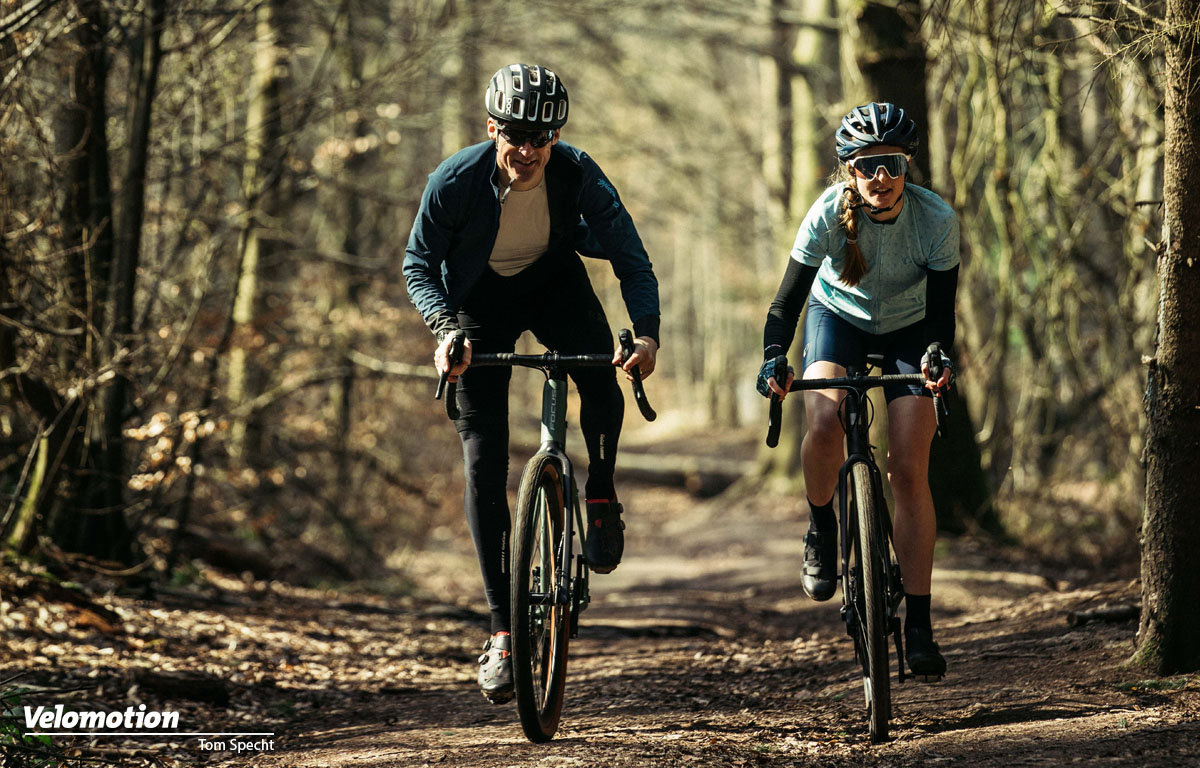
Gravelbike Test 2021: Knapp 30 aktuelle Modelle im Test
Gravelbike Test 2021: Die 27 Modelle im Velomotion-Testfeld beweisen es eindeutig: Wer heute sportlich mit Rennlenker Rad fahren will, ist mit einem Gravelbike bestens bedient. Zumal die Bandbreite der Einsatzmöglichkeiten ungeahnt groß ist – vom „Rennrad Plus“ bis zum sportlichen Reiserad. Und zwischen diesen zwei Polen ist jedes der getesteten Räder ausgesprochen individuell und eigenständig. […]
Weitere Gravelbikes im Test
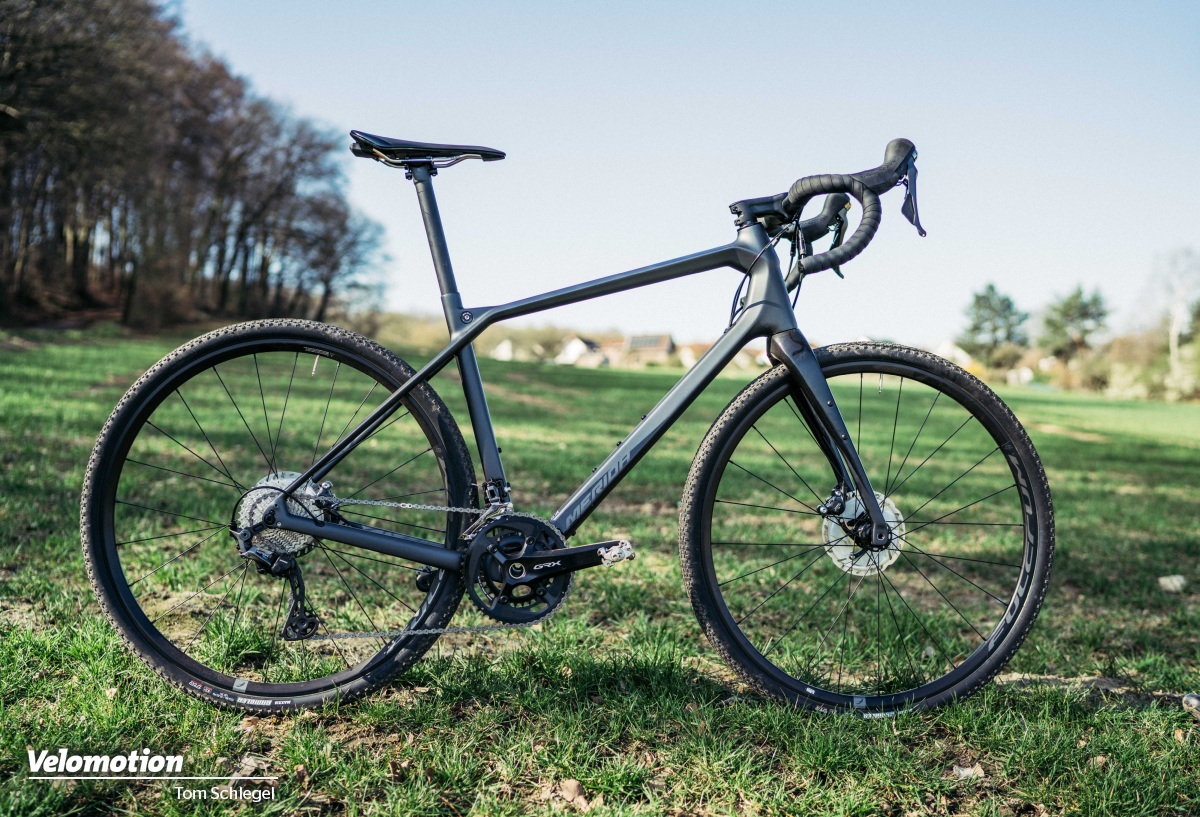
Merida Silex 7000 Gravelbike im Test: Handlicher, leichter Tourensportler
Test: Das Merida Silex 7000 gefällt mit geringem Gewicht und günstigem Preis. Vom Charakter scheint es eher auf den Touren-Einsatz zugeschnitten, zumal der Hersteller gleich ein Taschenset anbietet – unsportlich ist es aber nicht. Auch bei Merida sind die Gravelbikes auf dem Vormarsch. Ganze sieben Modellvarianten gibt es vom Silex; die einst stattliche Cyclocross-Flotte ist derweil […]
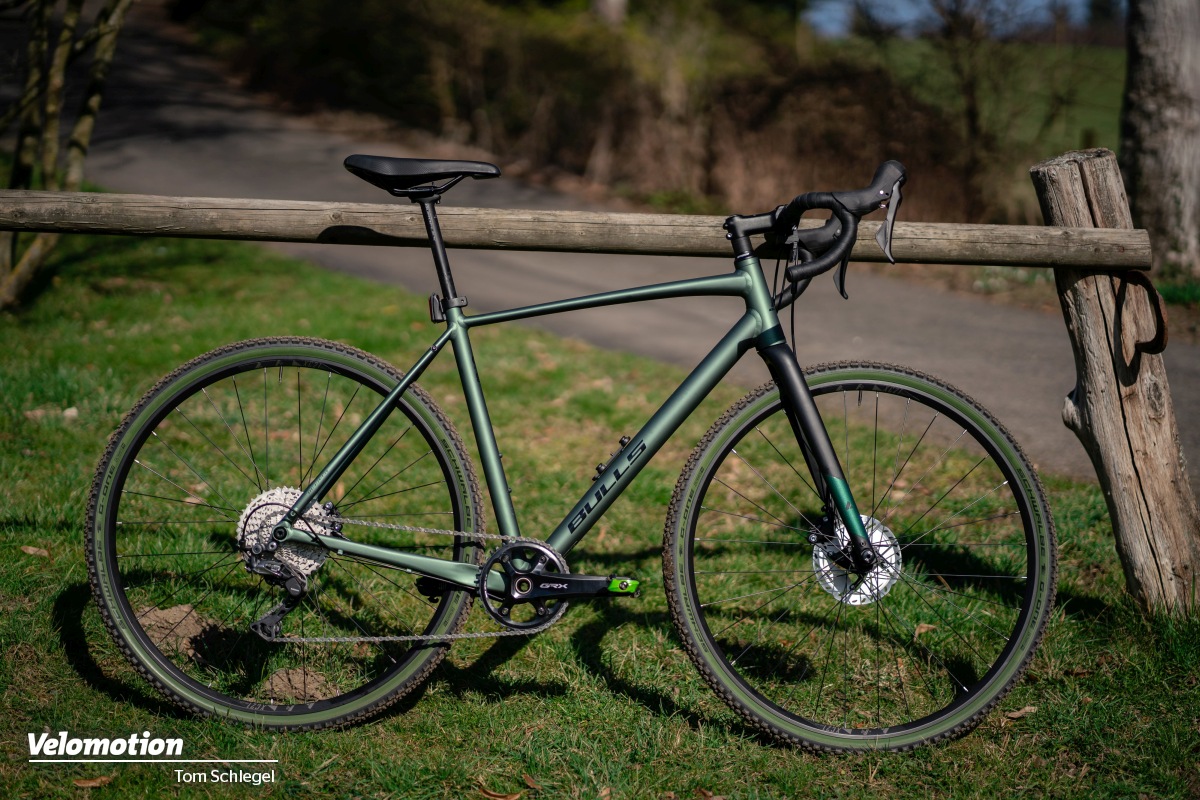
Bulls Grinder 4 Gravelbike im Test: Alles auf Grün
Test: Mit 1×11-Schaltung und kräftig profilierten Reifen wendet sich das Bulls Grinder 4 an sportliche Fahrer, denen das kompakte, quirlige Rad viel Fahrspaß verspricht. Seit sechs Jahren ist das Grinder am Markt, und aufgrund seiner Vielseitigkeit ist es durchaus beliebt. Als Trail Grinder mit Dropper Post und extrabreiten Reifen spricht es Offroader an, und als […]

BH Gravel X Evo 3.0 Gravelbike im Test: Sportlich auf langen Strecken
Test: BH liefert ein sportlich geschnittenes, gut ausgestattetes Carbonrad ab, das angesichts seiner Geometrie wie gemacht erscheint für lange Touren oder Rennen mit Minimalgepäck. Beim traditionsreichen Hersteller aus dem Baskenland sind Gravel und Cross klar voneinander getrennte Segmente, die nur bei den Komponenten Gemeinsamkeiten aufweisen. Beide Bereiche verfügen über eigene Rahmen, die sich nicht nur bezüglich […]





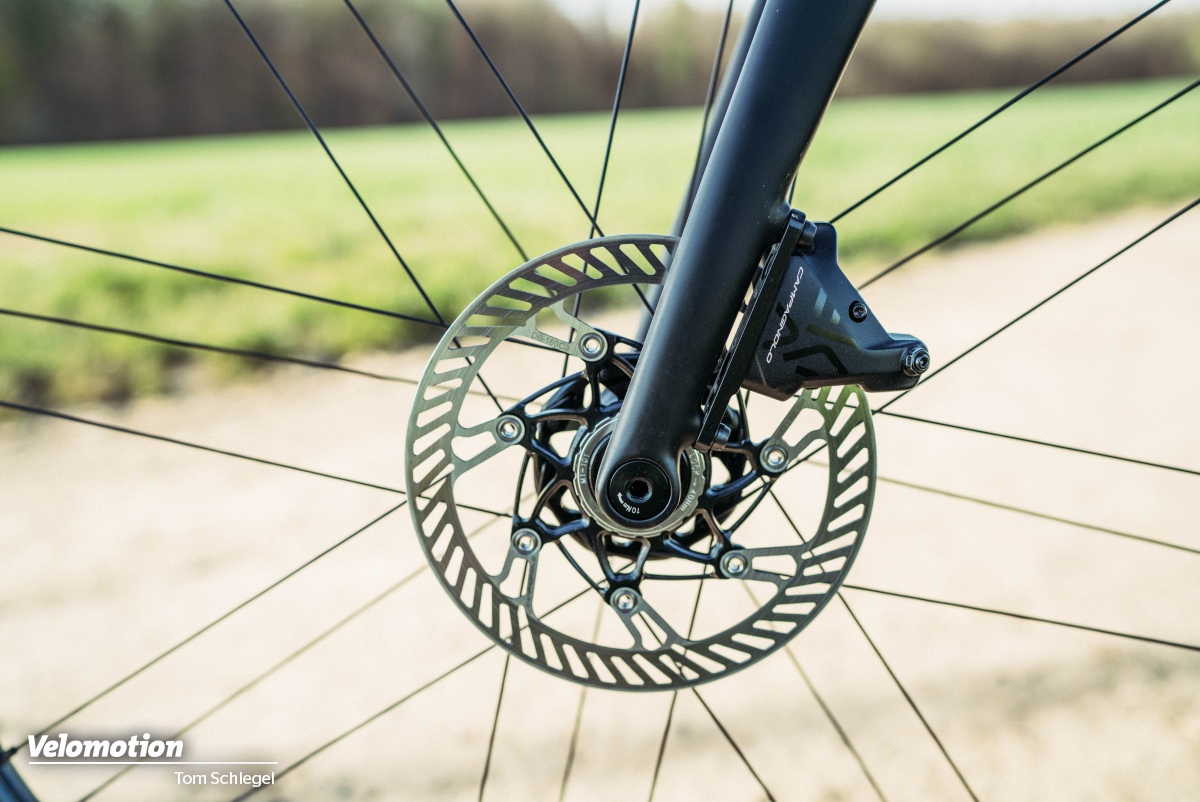
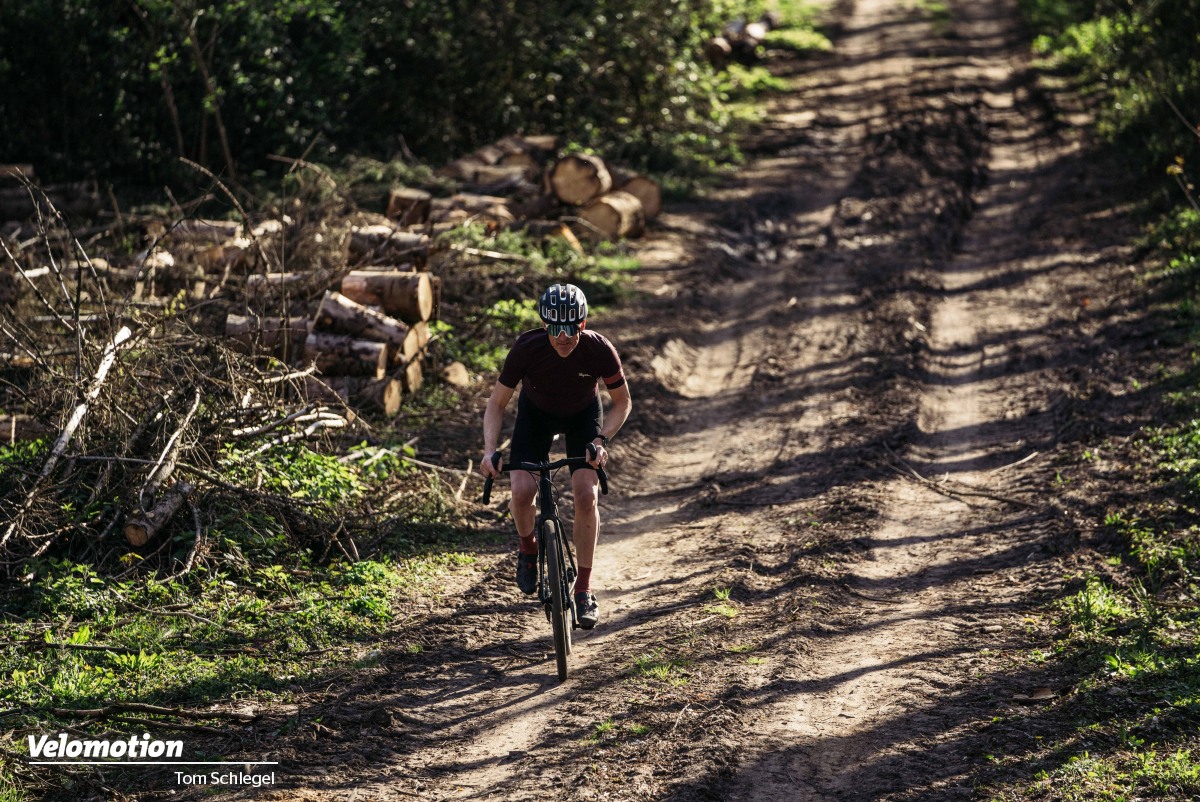
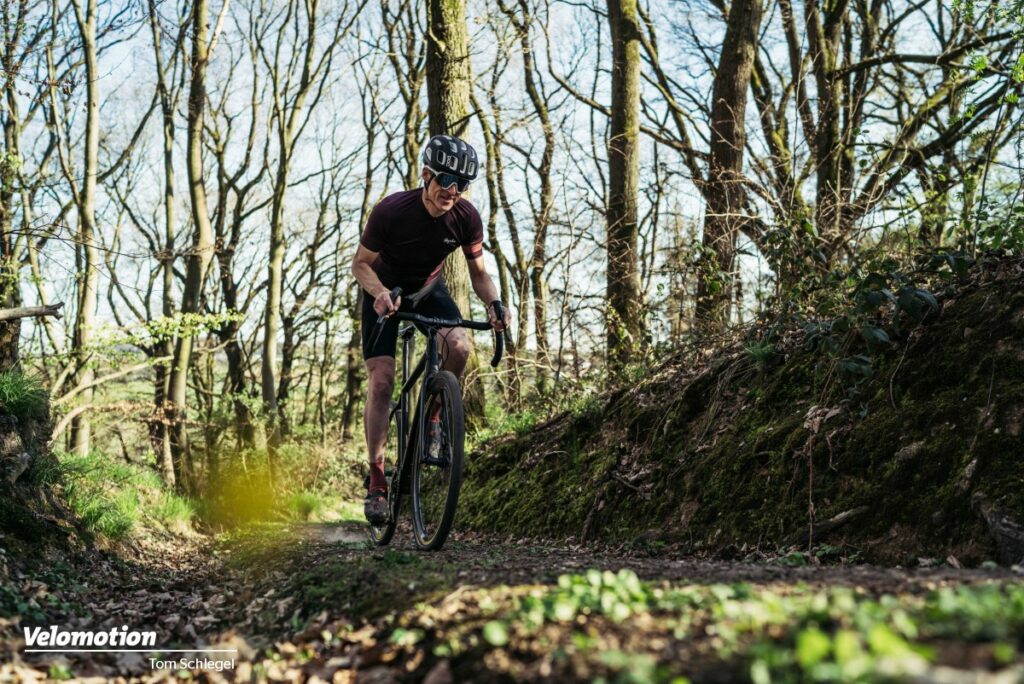

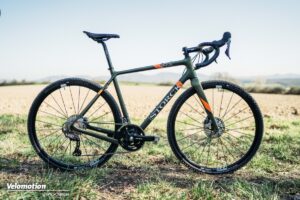
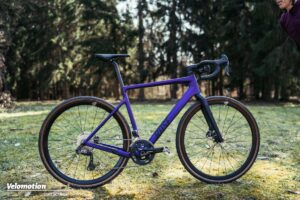
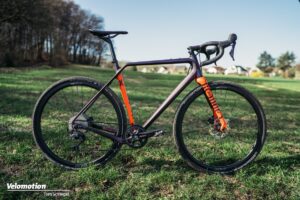
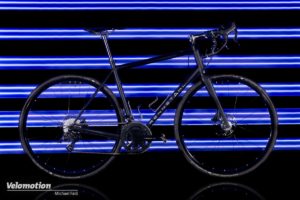
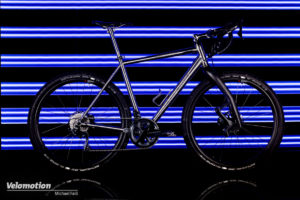

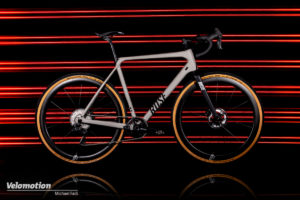
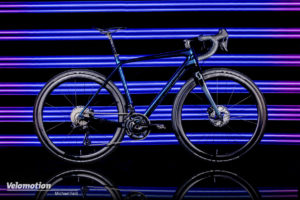
Schreibe einen Kommentar